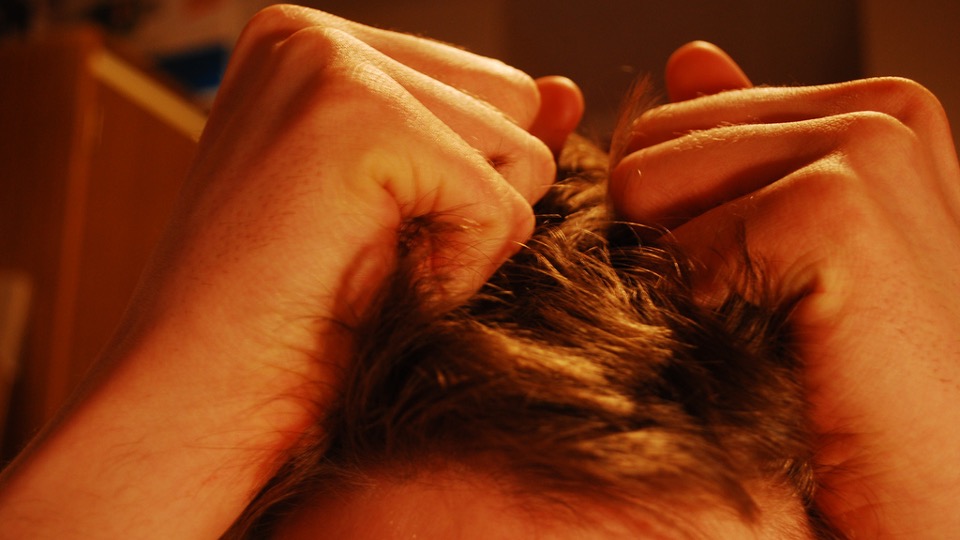Skin-picking and hair-pulling: disorders smartwatches can stop

Nail-biting, skin-picking, skin-biting, nail-picking, fidgeting, face-touching and hair-pulling are commonly occurring behaviors, with rates ranging from 14 to 60 percent of the population. However, for some people, they are more than just habits or tics. They are disorders primarily characterized by the compulsive use of hands. Classified as body-focused repetitive behaviors (BFRBs), they do provide sufferers with a temporary sense of relief, yet, if not identified early and corrected, they may cause both physical damage and emotional distress. Sufferers often feel depressed and ashamed, experiencing difficulties in social functioning, and loss of productivity.
The main problem is that those who suffer from BFRBs hardly know they do, not least because diagnosis is hard, and treatment is still a subject of ongoing research. Only those suffering from very severe BFRBs would contact their GP or a mental health professional who can assess them. BFRBs consequently remain widely misunderstood and under-treated.
Yet, nowadays, our smart watches and mobile phones come with a variety of sensors that could detect repeated motions, including those caused by BFRBs. In a research article published at the ACM MobileHCI Conference this week, a team of researchers from the University of Cambridge and Nokia Bell Labs tested just that. They developed a machine-learning algorithm for commercial smartwatches that processes the watch’s accelerometer, gyroscope, and heart rate monitor to anticipate body-focused repetitive behavioural episodes. Based on a controlled study, the researchers found that the algorithm can anticipate an episode from 1 to 5 minutes before occurring: behaviours outside the facial area (e.g., fidgeting, hand scratching, leg scratching) are harder to predict as they can only be predicted 1 minute in advance, and are generally predicted from the accelerometer detecting motion; by contrast, behaviours focused on the facial area (e.g., face-touching) are easier to predict, even 5 minutes in advance, and are generally predicted from the heart rate monitor detecting anxiety.
Medications have shown limited promise, and behavioral treatments have been found to be the most effective approaches to BFRBs, which, according to this research’s results, could be supported by smartwatches. Furthermore, while patients may experience improvement following behavior therapy, BFRBs tend to follow a fluctuating, chronic course over a lifetime. To grapple with BFRBs, one would then need continuous real-time tracking - the very task smartwatches excel at.
Publications
- Anticipatory Detection of Compulsive Body-focused Repetitive Behaviors with Wearables. ACM MobileHCI 2021 PDF